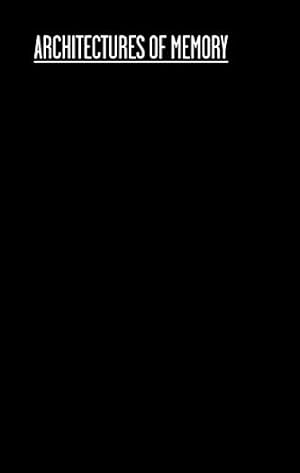Share This
Description
The transitional situation that we are experiencing, which brings together a book culture with a culture of the screen, is gradually shifting us from a graphic reason to a computational one. In the same way that writing has made it possible to generate a particular mode of thought, where lists, tables and formulas have played a primordial role in the modeling of knowledge. With digital technology, other systems of knowledge are being invented, shaping of information and its transmission. Indeed, the development of the network, of a vast cyberspace, induces a particular rationality based on calculation rather than writing, which is the only way to make it intelligible. It is therefore understandable that memory architectures, in their contemporary, essentially digital, actualization are at the heart of a transformation of the human mind. It is still too early to determine exactly what is going on with this transformation, but it is important now to trace the contours of this situation and to explore trails that may mark out some of its most salient aspects.
Tag This Book
This Book Has Been Tagged
Our Recommendation
Notify Me When The Price...
Log In to track this book on eReaderIQ.
Track These Authors
Log In to track Arno Gisinger on eReaderIQ.
Log In to track Emmanuel Guez on eReaderIQ.
Log In to track George Legrady on eReaderIQ.
Log In to track Georges Didi-Huberman on eReaderIQ.
Log In to track Larisa Dryansky on eReaderIQ.
Log In to track Marie Fraser on eReaderIQ.
Log In to track Marie-Laure Cazin on eReaderIQ.
Log In to track Olivier Asselin on eReaderIQ.
Log In to track Patrick Nardin on eReaderIQ.
Log In to track Pierre J. Truchot on eReaderIQ.
Log In to track Sliders_lab on eReaderIQ.
Log In to track Vincent Puig on eReaderIQ.
Log In to track Bertrand Gervais on eReaderIQ.
Log In to track Jean Marie Dallet on eReaderIQ.
